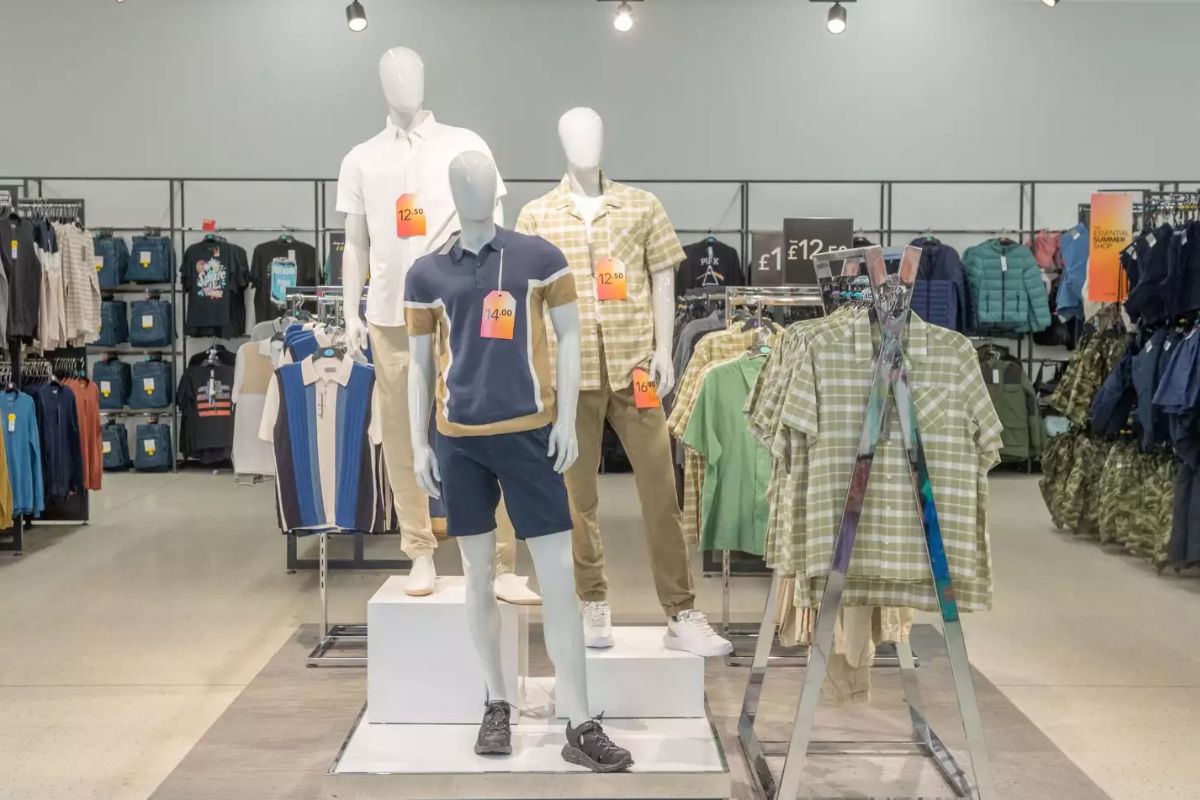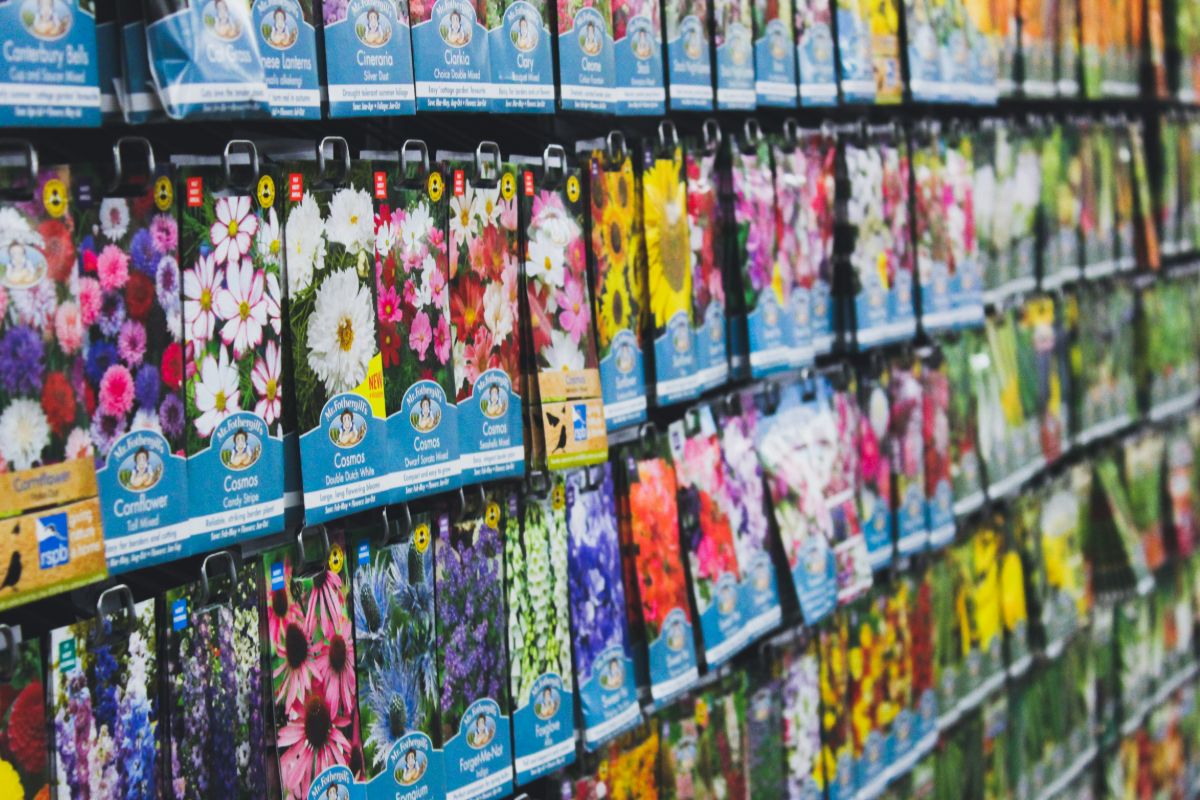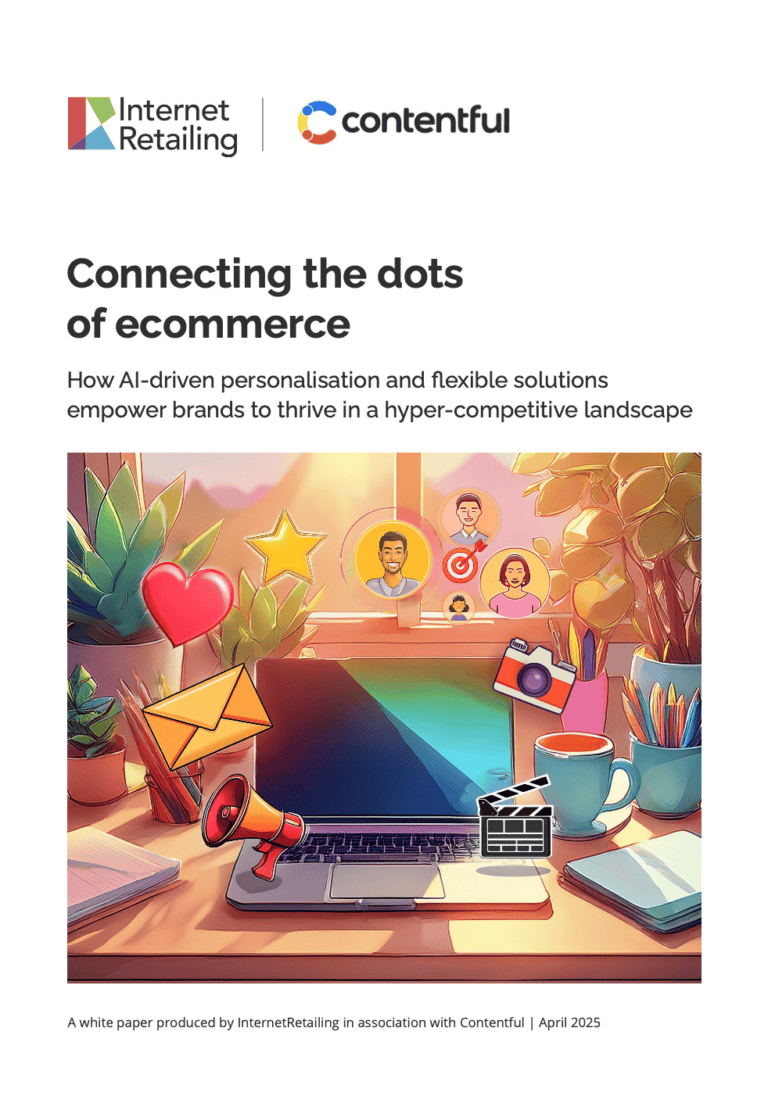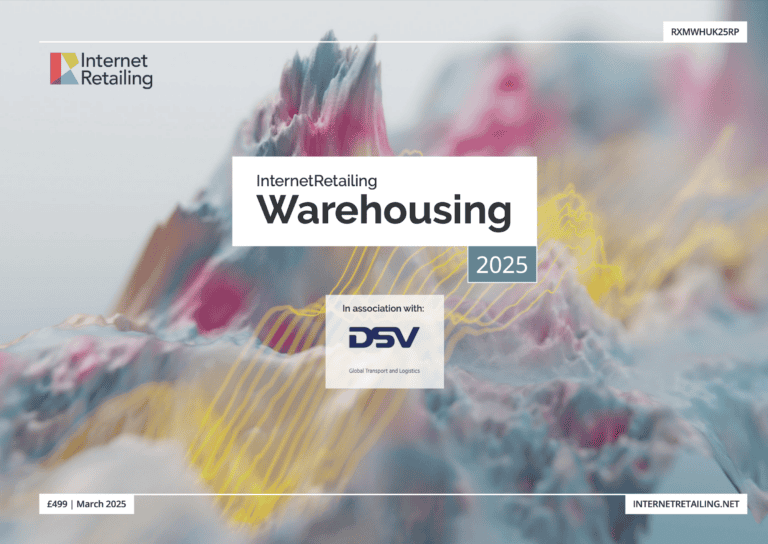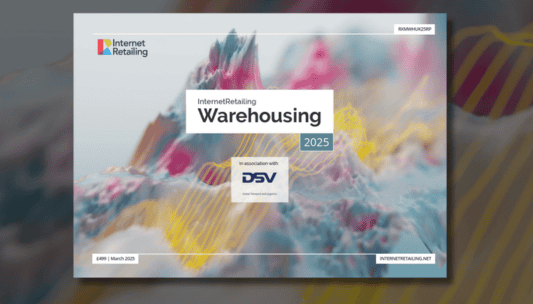Pent-up demand meant sales grew despite stock and staff shortages that reduced delivery standards
Next sales grew quickly online in the run-up to Christmas, despite lower than usual delivery standards and staff and stock shortages, while in-store sales fell. Customer demand was strong enough that overall fourth quarter sales beat expectations, enabling the fashion to homewares retailer to raise its profit and sales expectations for its current financial year.
Next, which is ranked Leading in RXUK Top500 research, today reports a 20% rise in fourth quarter full-price sales, including internet income, in a trading update for the eight weeks to December 25 – and a 13% rise in the year to the same date. Both are in comparison to the same period two years ago – in its pre-pandemic 2019/20 financial year.
It now expects to report full-year full-price sales growth of 12.8% – or £70m – compared to two years ago, and pre-tax profits 9.8% ahead. And in the 2022/23 financial year it expects to report year-on-year sales growth of 7% and pre-tax profit growth of 4.6%, while rising inflation means Next expects the cost of its clothing and homewares to rise by up to 6% by the autumn.
How online drove sales growth ahead of Christmas
Online sales grew by 45% in the first eight weeks of its fourth quarter, to December 25, and by 49% in the year, again, compared to 2019. The fastest ecommerce growth was at its Label UK website (+85% Q4, +76% full year), which sells third-party brands. That was followed by overseas online sales (+36% Q4/+51% FY) and online UK Next brand sales (+31%/+36%).
But while online grew, in-store sales fell, declining by 5.4% in the fourth quarter, and by 24% in the full year, compared to the 2019/20 financial year.
Next says it had expected fourth quarter sales to be weaker than those of the third quarter, but found a “strong revival” in sales of adult formal and occasionwear that “significantly improved sales throughout the final period”.
It says in a trading statement today: “In the run up to Christmas our stock levels were materially lower than planned. We also experienced some degradation in delivery service levels as a result of labour shortfalls in warehousing and distribution networks. The fact that our sales remained so robust in these circumstances is, we believe, testament to the strength of underlying consumer demand in the period.”
Sale stock was 18% lower than two years ago, mainly because full-price sales were higher than expected during the quarter. To date, clearance rates have been in line with expectations.
Compared to last year, total full-price sales, including interest income, were 23% up on the fourth quarter and 35% up on the full year.
Looking ahead
Next says that forecasting its sales for its coming financial year is particularly difficult, in the light of factors including inflation, and uncertainty around whether shoppers will continue to spend as costs and demand rises elsewhere – from rising utility prices and national insurance, to renewed appetite for travel.
It expects to raise its UK like-for-like selling prices by 3.7% this spring and summer and by 6% in the autumn and winter. That reflects rising costs including higher freight rates, wage inflation (+5.4%) as a result of the rise in the national living wage (+6.6%) and wage rises in areas affected by labour shortages, especially warehousing and technology.
Nonetheless, it currently expects sales to be 7% ahead at £4.6bn, and pre-tax profits to come in at about £860m (+4.6%).
Our view: It’s worth noting from these figures that Next’s online sales growth is particularly strong where the retailer is selling other brands beyond its own. Sales via its Label website – which offers third-party brand products – grew by 85% in the fourth quarter alone.
Next has in recent years focused on using its established technology and delivery processes to sell other brands, not only on the Label website but also by running websites, fulfilment – and sometimes stores – for brands from Victoria’s Secret to Gap. In doing so it’s part of the retail as a service trend that is also deployed by the likes of Yoox Net-A-Porter and Ocado. We’ll be looking to hear more about this from Next when it releases its full-year results on March 24.

